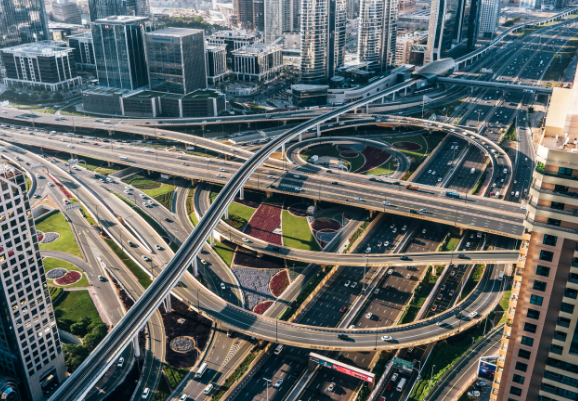A country’s government wants to reduce the number of cars using internal combustion engines by encouraging the purchase of electric vehicles.
The total number of cars using internal combustion engines in a country at time t can be modelled by the equation
\[N\left( t \right) = \left( 3.5 \times 10^{7} + E \right)e^{- \frac{1}{10}t} – E\]
Where N(t) is the number of cars using internal combustion engines at time t years after the program was introduced and E is the number of electric vehicles on the roads before the government initiative.
Using the equation for this model,
a) Explain the significance of the number 3.5 x 107.
[1 mark]
b) Explain why the initial number of cars using internal combustion engines is independent of the initial number of electric vehicles.
[2 marks]
c) Calculate the number of cars using internal combustion engines after 10 years if the initial number of electric vehicles is 2 x 106.
[2 marks]
d) Analyse the suitability of this model by evaluating it for large values of t.
[2 marks]




